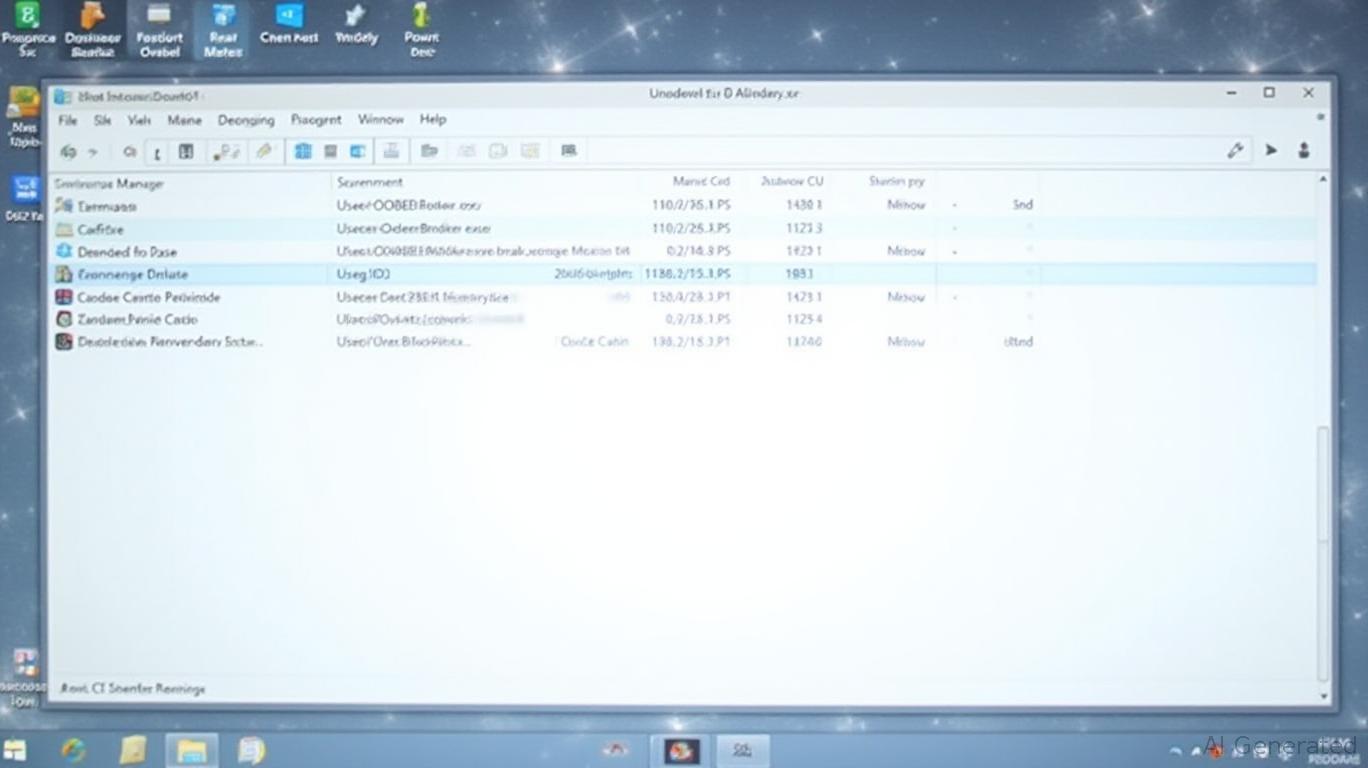Windows OOBE Broker: A Persistent Process with Implications for Microsoft's Ecosystem
The User OOBE Broker process (UserOOBEBroker.exe), a core component of Microsoft's Windows operating system, has emerged as a point of scrutiny for users and analysts alike. This process, tied to the Out-of-Box Experience (OOBE)—the setup wizard guiding users through initial system configuration—often persists in the background long after setup is complete. While
attributes this behavior to routine system checks, its persistence has sparked debates about software reliability and its potential ripple effects on user trust and Microsoft's (NASDAQ: MSFT) stock performance.
The OOBE Broker: A Technical Overview
The OOBE process is designed to configure system settings, user accounts, and network preferences during a fresh Windows installation. The UserOOBEBroker.exe file acts as a “broker” to manage these tasks. However, users report this process lingering even after setup completion, particularly post-May 2024 updates. While Microsoft maintains this is normal behavior—citing background maintenance and security checks—persistent instances have raised concerns about system bloat or unresolved bugs.
Why Does It Persist?
- Scheduled Tasks: Windows schedules OOBE-related tasks (stored in the Task Scheduler) to run periodically, potentially reactivating the broker process.
- System File Corruption: Corrupted files post-updates can trigger the OOBE Broker to run repeatedly as Windows attempts self-repair.
- Background Maintenance: The process may monitor for incomplete configurations or driver updates, especially after hardware changes.
User Impact and Troubleshooting
Persistent OOBE Broker activity, while generally harmless, can disrupt user experience if it consumes excessive resources. Troubleshooting steps include:
- Running System File Checker (SFC) or DISM to repair corrupted files.
- Disabling OOBE-related tasks in the Task Scheduler.
- Re-triggering OOBE manually via tools like SysPrep to reset configurations.
Implications for Microsoft's Ecosystem
While isolated cases of the OOBE Broker issue may not significantly impact Microsoft's bottom line, widespread reports could erode user trust. Microsoft's transition to Windows 11 and its emphasis on seamless updates (e.g., Windows 365) hinge on perceived reliability. Persistent software quirks might:
- Delay Enterprise Adoption: Businesses may hesitate to upgrade if stability concerns linger.
- Affect Stock Sentiment: Analysts track software reliability as a key metric for MSFT's valuation.
Investment Considerations
- Monitor Stock Volatility: If OOBE Broker issues trend upward, MSFT's stock could face short-term dips as investors react to perceived quality concerns.
- Long-Term Outlook: Microsoft's cloud dominance (Azure) and hybrid work tools (Microsoft 365) remain resilient. Addressing OOBE glitches could reinforce confidence in its ecosystem.
Recommendation: Hold Microsoft stock for long-term investors, but keep an eye on post-May 2024 update support metrics. Short-term traders might consider hedging if OOBE-related complaints spike.
Conclusion
The User OOBE Broker's persistence highlights the complexity of maintaining billions of devices on a single OS. While technical fixes exist, Microsoft's ability to resolve such issues swiftly will determine its competitive edge. For investors, understanding these nuances offers a lens into Microsoft's operational health—and the risks/rewards of backing its ecosystem.
Stay vigilant, stay informed.

Comments
No comments yet